Pew pew :3.
The successful test of the powerful laser is a major step forward for the Navy’s directed energy weapons ambitions.
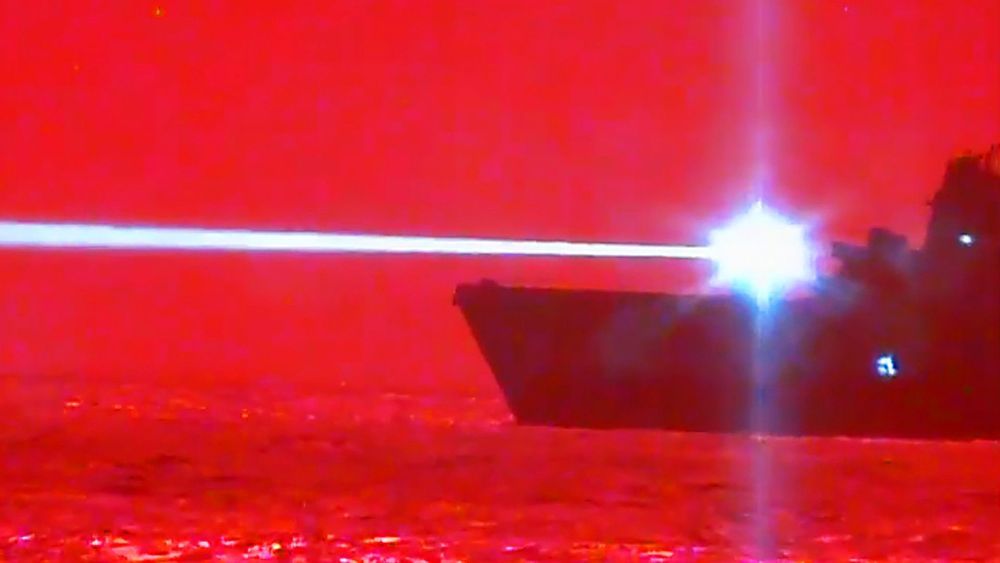
Pew pew :3.
The successful test of the powerful laser is a major step forward for the Navy’s directed energy weapons ambitions.
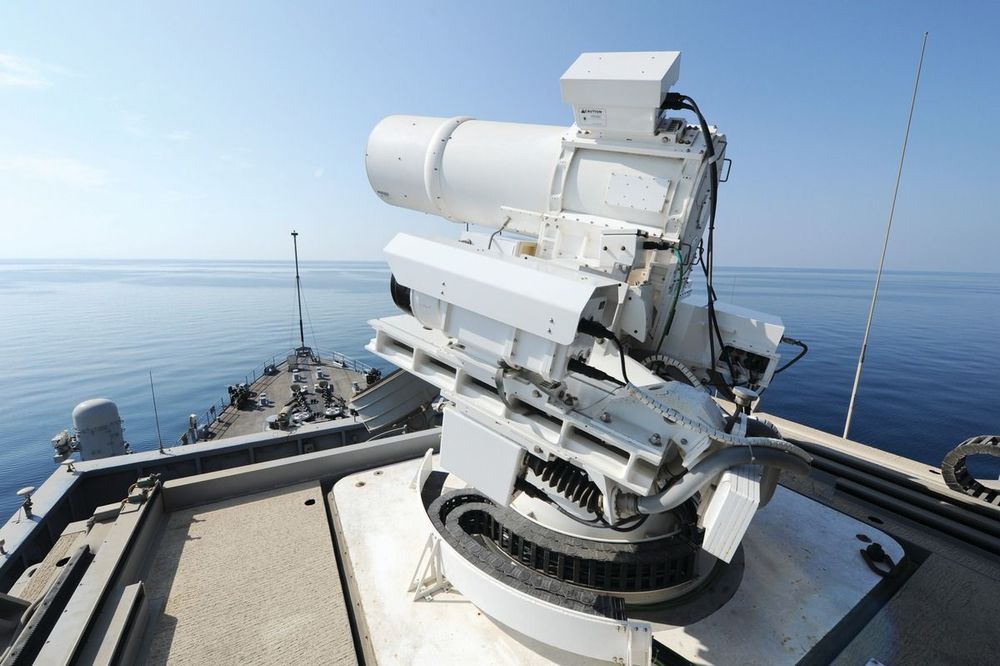
EMP weapons, streams of microwaves, electromagnetic railguns, and high-power lasers offer new ways to bring down swarming drones, sink ships without explosives, and disperse formations of soldiers.

https://youtube.com/watch?v=WB5CawKfE2M
We read about different innovations in clean technology almost on a daily basis. A small Massachusetts-based start-up, FloDesign Wind Turbine, has created a wind turbine design based on jet engine technology. This revolutionary wind turbine can generate much more electricity at half the cost than today’s traditional wind turbines. It has also won two clean-energy competitions for its amazing innovation.
A traditional wind turbine can extract just 50% of the available wind energy in the given area it occupies. However, the Wind Jet by FloDesign uses blades covered in shrouds to direct the air through the turbine blades. This results in increased flow of air. As the airflow through the blades increases, the higher the speed of the turbines and ultimately the more power that is generated. The energy generated by this new wind turbine matches that of a traditional turbine with blades that are half the size.
FloDesign boasts that its turbines are 3–4 times more efficient than traditional open-fan turbines and they can be placed much closer together than conventional wind turbines while aligning themselves with the wind like a kite on a string. Not only that, FloDesign wind turbines require much smaller blades which occupy less space, are much easier to manufacture, and easier to ship.
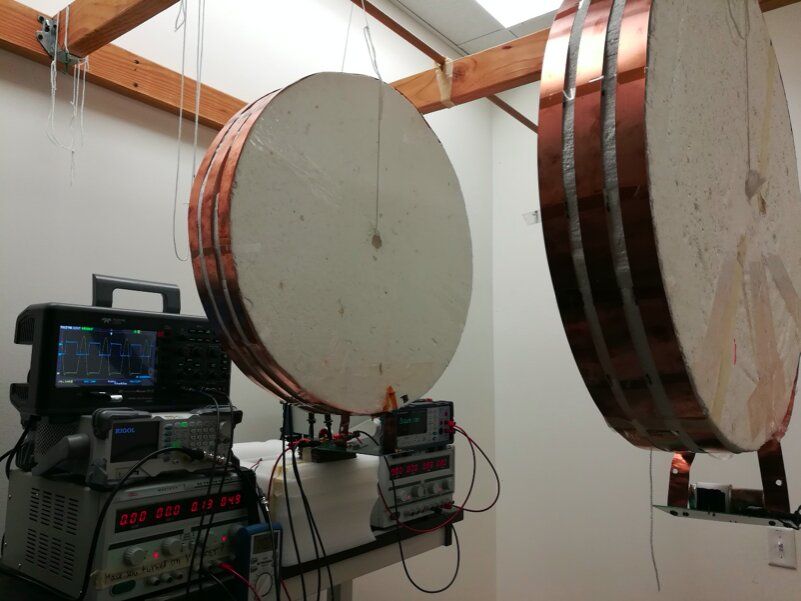
Current methods for charging electronic devices via wireless technology only work if the overall system parameters are set up to match a specific transfer distance. As a result, these methods are limited to stationary power transfer applications, which means that a device that is receiving power needs to maintain a specific distance from the source supplying it in order for the power transfer to be successful.
Researchers at Stanford University have recently developed a new technique that could enable more efficient wireless power transfer regardless of the distance between a device and its power source. Their paper, published in Nature Electronics, could help to overcome some of the current limitations of existing tools for the wireless charging of elecronic devices.
“The main purpose of our study was to overcome the barrier to dynamic wireless charging,” Sid Assawaworrarit, one of the researchers who carried out the study, told Phys.org. “Our idea is based on parity-time symmetry (PT symmetry), which concerns systems with balanced gain and loss.”
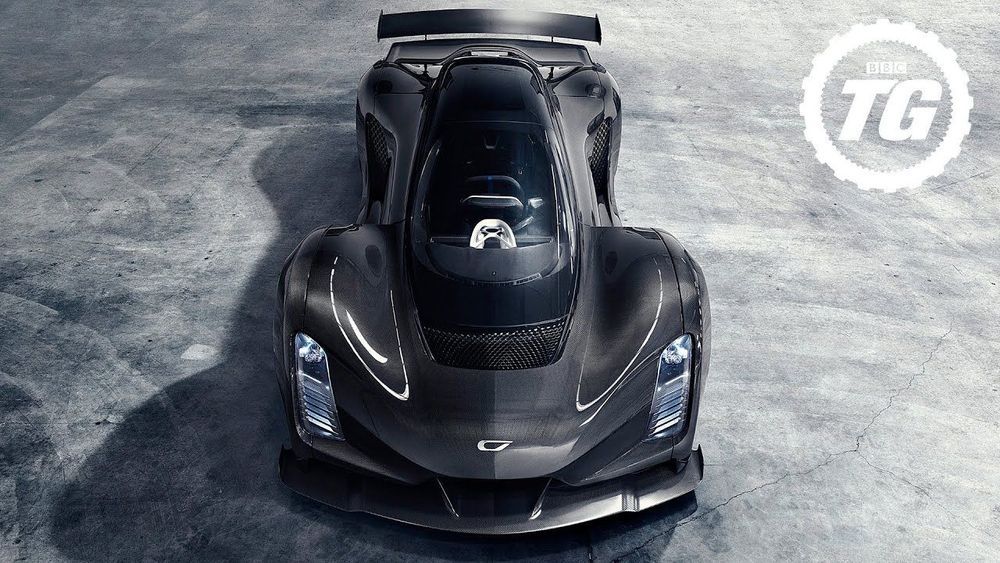
The Czinger 21C is a 1,233bhp 3D printed hypercar complete with a turbo V8 revving to 11,000rpm, a 1+1 layout and $1.7m price tag. Oh, and the big news is it’s 3D printed. Well, large sections of the chassis are, paving the way for a revolutionary new car manufacturing process that could change… everything. It’s mind-blowing stuff, so let Jack Rix be your guide around California’s Koenigsegg rival.
WATCH MORE TOP GEAR:
http://bit.ly/TG-S27
http://bit.ly/StigCams
http://bit.ly/TG-Mercedes
MORE ABOUT TOP GEAR:
Want to watch a bit of Top Gear on the internet? Welcome to the most comprehensive collection of official clips you’ll find on YouTube. Whether you’re searching for a caravan challenge, Ken Block in the Hoonicorn, cars versus fighter jets, Stig power laps or the latest Chris Harris Drives, you can find all the iconic films here.
Want to share your views with the team? Join our BBC Studios Voice: https://www.bbcstudiosvoice.com/register
This is a commercial channel from BBC Studios. Service & Feedback https://www.bbcstudios.com/contact/contact-us/
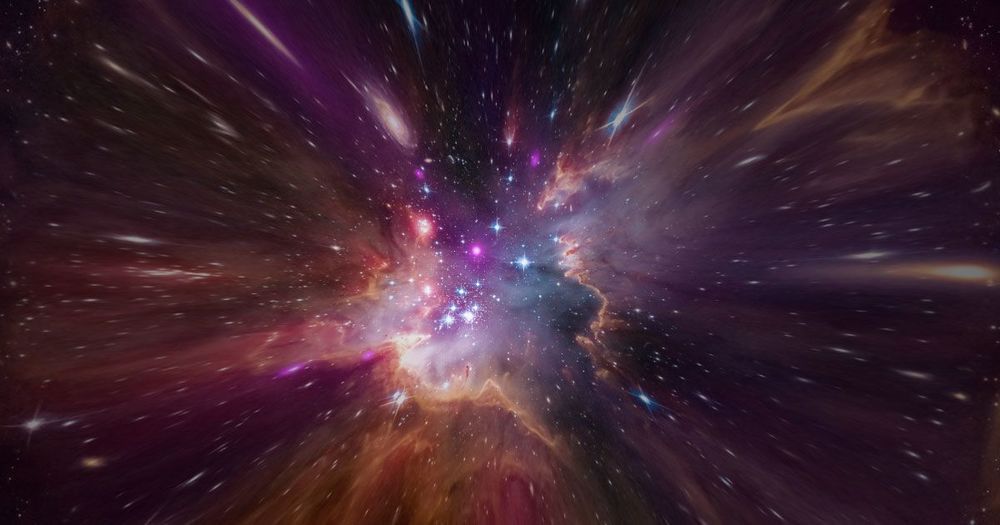
Cosmic Starvation
The first possibility is called ram pressure stripping, a process through which all of the gas that a galaxy would use to form stars is vacuumed away by nearby intergalactic plasma. The other is that the environment inside a galactic cluster simply becomes too hot for cosmic gases to cool and condense into stars, rendering it useless as fuel.
“When you remove the fuel for star formation, you effectively kill the galaxy,” Brown writes, “turning it into a dead object in which no new stars are formed.”
High-fidelity modelling of nanosecond repetitively pulsed discharges (NRPDs) is burdened by the multiple time and length scales and large chemistry mechanisms involved, which prohibit detailed analyses and parametric studies. In the present work, we propose a ‘frozen electric-field’ modelling approach to expedite the NRPD simulations without adverse effects on the solution accuracy. First, a burst of nanosecond voltage pulses is simulated self-consistently until the discharge reaches a stationary state. The calculated spatial distributions and temporal evolution of the electric field, electron density and electron energy during the last pulse are then stored in a library and the electrical characteristics of subsequent pulses are frozen at these values. This strategy allows the timestep for numerical integration to be increased by four orders of magnitude (from 10−13 to 10−9 s), thereby significantly improving the computational efficiency of the process. Reduced calculations of a burst of 50 discharge pulses show good agreement with the predictions from a complete plasma model (electrical characteristics calculated during each pulse). The error in species densities is less than 20% at the centre of the discharge volume and about 30% near the boundaries. The deviations in temperature, however, are much lower, at 5% in the entire domain. The model predictions are in excellent agreement with measured ignition delay times and temperatures in H2–air mixtures subject to dielectric barrier NRPD over a pressure range of 54–144 Torr with equivalence ratios of 0.7–1.2. The OH density increases with pressure and triggers low-temperature fuel oxidation, which leads to rapid temperature rise and ignition. The ignition delay decreases by a factor of 2, with an increase in pressure from 54 to 144 Torr. In contrast, an increase in the H2–air equivalence ratio from 0.7 to 1.2 marginally decreases the ignition delay by about 20%. This behaviour is attributed to the insensitivity of OH production rates to the variation in the equivalence ratio.

This new paper argues that continued economic growth on Earth will hit a thermodynamic limit within the third millenium, if economic activities and energy consumption cannot be decoupled. The maximum size would be up to 7000 times the current one. An in-space economy would offer a way out.
“Energy Limits to the Gross Domestic Product on Earth” https://arxiv.org/abs/2005.05244
(Image: Wikipedia — https://commons.wikimedia.org/wiki/File:Sky_mile_tower.jpg)
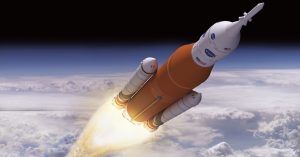
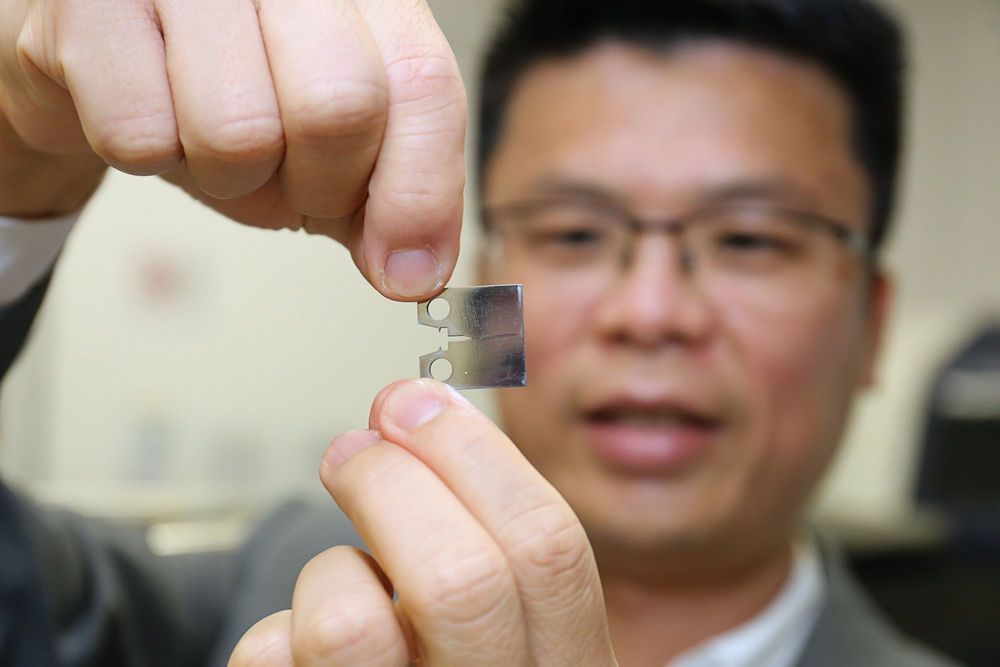
It’s a frustrating fact that whenever you try to improve materials like steel, you end up introducing new weaknesses at the same time. It’s a balancing act between different properties. Now, engineers have developed a new type of “super steel” that defies this trade-off, staying strong while still resisting fractures.
For materials like steel, there are three main properties that need to be balanced – strength, toughness and ductility. The first two might sound like the same thing, but there’s an important difference. Strength describes how much of a load a material can take before it deforms or fails, measured in Pascals of pressure. Toughness, meanwhile, measures how much energy it takes to fracture a material.
For reference, glass has relatively high strength but low toughness, so it’s able to support quite a bit of weight but it doesn’t take much energy to break.